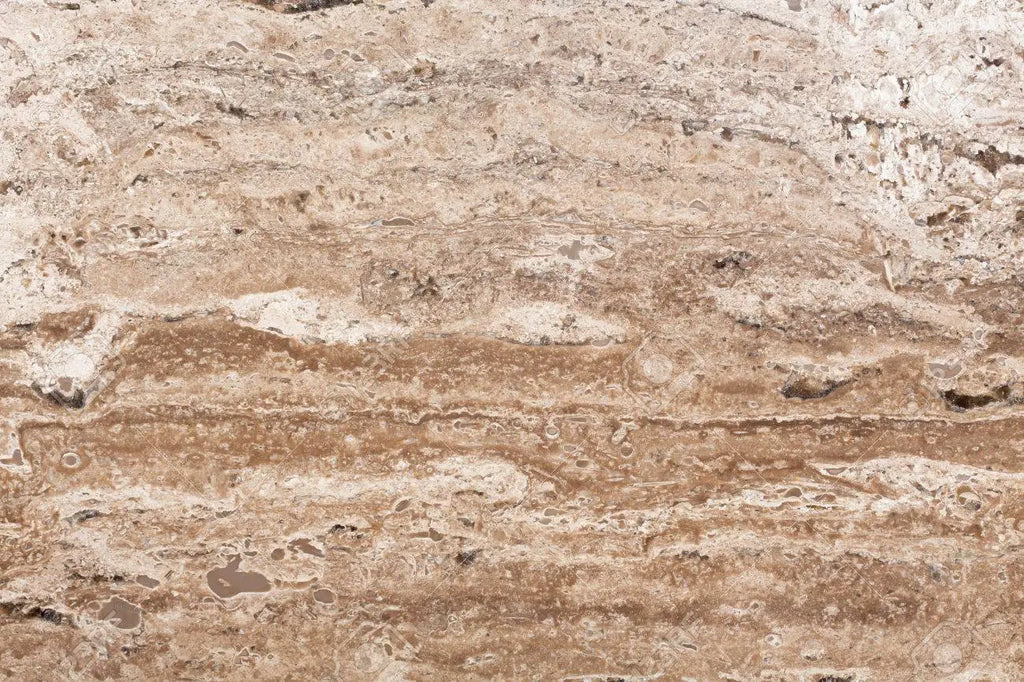Material In Focus: Travertine
Travertine has anchored design for so long that it spans both B.C. and A.D. Prized by Ancient Romans for its durability and aesthetic, Travertine has been an outdoor and structural essential for centuries. It remains one of the hottest design trends right now, hundreds and hundreds of years after its debut.

We're excited about working with an organic material that we can manipulate in surprising ways: fresh silhouettes, dynamic angles, rounded edges. “I love working with Travertine – a material made slowly over several millennia to create a totally unique piece of stone,” explains Katharine Garrison, our Vice President of Product Development. “Showcasing Travertine’s dimension and beauty in our furniture designs brings a bit of Mount Olympus down to earth, so we can live just as the Romans did.”

Travertine is the star material of many of our collections. Lucca quite literally as the sole material, offering a sculptural statement in stone. Santorini, Victoria and the new Moab collections as a contrasting material that intersects and interrupts strong aluminum elements. And finally, the new Harbour X Kara Mann Formentera Collection, which utilizes Travertine for texture and a mix of materials that ground each piece as an extension of the organic lifestyle.
In its pure form, Natural Travertine – also known as Cream White Travertine, Travertine Oniciato Bianco or Light Beige Travertine – is a white-beige stone with slightly darker horizontal stripes distributed on the surface. Some slabs may also have a few light-colored stripes. Natural Travertine is a softer, warmer material.
At Harbour, we hand select every single slab we source. We work exclusively with quarries that produce a refined type of Travertine with a certain composition, color, character and structure – the perfect material to create design-quality, high-end furniture. For more porous slabs, we source from above-ground quarries. For less, underground.
Travertine is a sedimentary limestone with a fibrous, marble-like appearance that’s deposited by mineral springs, especially hot springs, with formations located around the world. Organic pitting and unique patterns form against natural whites, tans, creams and even rarer rusty varieties. Formed by a process of rapid precipitation of calcium carbonate, often at the mouth of a hot spring or in a limestone cave, Travertine is truly a wonder. And fun fact: when it forms in a cave, it can also create stalactites, stalagmites and the like.

Durable and elegant, functional and artful, casual and formal: Travertine is everywhere right now because its naturally weathered look suits all styles and ticks all boxes. It’s a chameleon that can be different from one context to the next – and evolve with your space.
And if Ancient Rome has taught us anything, it’s not going anywhere.

